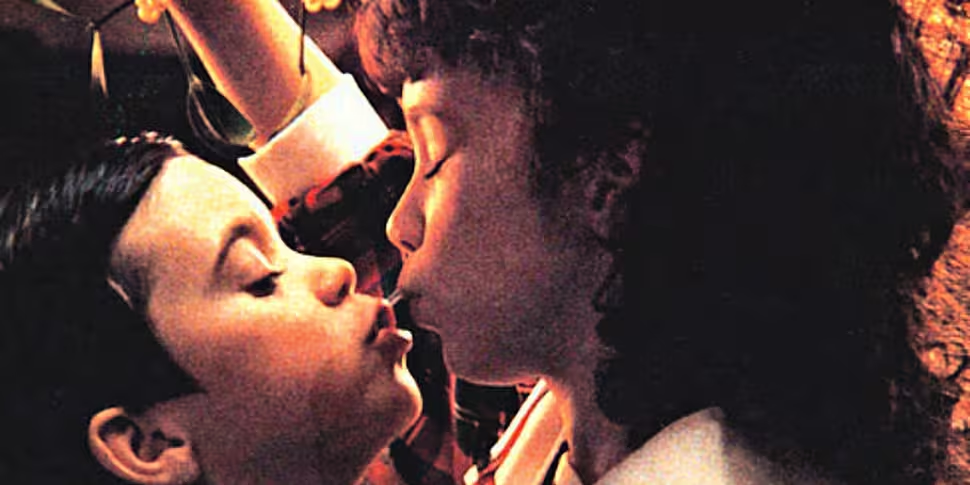Christmas is a season of traditions. From chestnut roasting to toasting carollers, the entire festive season is wrapped up in generations repeating the actions and customs of the past in celebration of coming together. It is its familiarity that makes its so cosy, a time of year when the same actions are repeated, year in, year out. And one of the most enduring traditions of all is the act of locking lips underneath a branch of mistletoe, sharing a kiss under its green leaves and white berries. But why do we do it, and what has it got to do with a neurotic Norseman named Baldur the Beautiful?
Well, it seems that one of the legends surrounding the pucker-up habit of mistletoe revolves around a figure of Norse mythology. Baldur, the grandson of Thor, rose from slumber one day, having been plagued by a terrifying dream. Everything, plant or animal, on Earth wanted to kill him, and he believed the nightmare.
Inconsolable, he cowered alone in his bed, while his mother and wife ran all around the world, asking every plant and animal they came across to spare Baldur from his dreamlike doom.

Several varieties of mistletoe are highly toxic and severely damaging to human health [Pixabay]
The flora and fauna of the Earth, being in biddable moods, all agreed, and Baldur strode nobly through the forest, a weight lifted from his chest. He breathed a sigh of relief, then promptly breathed his last, as an arrow made of mistletoe stabbed through his heart. His mother and wife had missed the plant, hidden atop a mighty oak tree, as they ran to and fro begging the others to spare his life. Loki, the Norse trickster god of mischief, arranged it all.
Baldur was killed, and the tears wept by the women became the berries on the plant, and we now kiss each other under the murderous weed, a parasitic succubus that feeds off the tree to which it attaches until it kills it, to remind ourselves never to forget our loved ones.
The Vikings weren’t the only civilisation to attach significance to mistletoe, though. Celtic druids believed the plant had magical qualities and would bring good fortune. The winter solstice, December 21st, was known as Alban Arthan to the druidic mystics. It was the time when the chief druid would cut a bunch of sacred mistletoe from an oak tree, using a golden sickle, with the others holding cloths below where he cut lest the sacred berries fall to the soil – an augury of bad luck for the year to come.
The druids believed mistletoe represented fertility, with its sticky white berries spewing forth a seminal white juice when squeezed. Others called the plat the ‘Allheal’, including it in many folk recipes to cure all manners of ailments, diluting it into a weak tea. Ingesting the berries is extremely dangerous as they are highly toxic, but there is currently a study taking place in Johns Hopkins on how mistletoe can be used in the treatment of certain cancers.
Records of its use as a kissing-delivery device at Christmas time date back as far as the 1800s, when the American author, diplomat, and essayist Washington Irving described the act of passing couples embracing under the mistletoe. “Young men have the privilege of kissing the girls under it,” Irving wrote, “Plucking each time a berry from the bush. When the berries are all plucked the privilege ceases.”
Today, though, it seems the tradition is losing ground and waning significantly. A survey carried out by the British supermarket chain Morrisons claimed that 71% of under 35-year-olds have never share a kiss under the plant.









